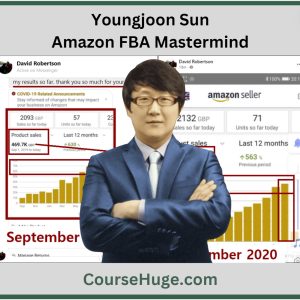Personal Development
Original price was: $997.00.$19.00Current price is: $19.00.
Internet Marketing
Original price was: $997.00.$15.00Current price is: $15.00.
Original price was: $16,000.00.$49.00Current price is: $49.00.
Real Estate
Original price was: $929.00.$15.00Current price is: $15.00.
Seduction & Love
Original price was: $2,000.00.$39.00Current price is: $39.00.
Seduction & Love
Original price was: $197.00.$24.00Current price is: $24.00.
Trading Courses
Original price was: $420.00.$25.00Current price is: $25.00.
NLP & Hypnosis
Original price was: $299.00.$19.00Current price is: $19.00.
Business & Finance
Original price was: $497.00.$52.00Current price is: $52.00.
Business & Finance
Original price was: $12,971.00.$97.00Current price is: $97.00.
E-commerce & Technology
Original price was: $995.00.$55.00Current price is: $55.00.
Trading Courses
Original price was: $717.00.$52.00Current price is: $52.00.
Trading Courses
Original price was: $500.00.$19.00Current price is: $19.00.
Real Estate
Original price was: $697.00.$42.00Current price is: $42.00.
Personal Development
Original price was: $197.00.$19.00Current price is: $19.00.
Personal Development
Original price was: $149.00.$29.00Current price is: $29.00.
Health & Wellness
$25.00
Real Estate
Original price was: $1,997.00.$85.00Current price is: $85.00.
Trading Courses
Original price was: $1,234.00.$15.00Current price is: $15.00.





![[Bundle] 2 Girls Teach Sex Courses (18 Courses)](https://coursehuge.com/wp-content/uploads/2024/07/Bundle-2-Girls-Teach-Sex-Courses-18-Courses-300x300.jpg)














![Mike Aston - Learn to Trade [Trading Template]](https://coursehuge.com/wp-content/uploads/2023/09/Mike-Aston-Learn-to-Trade-Trading-Template-300x300.jpg)